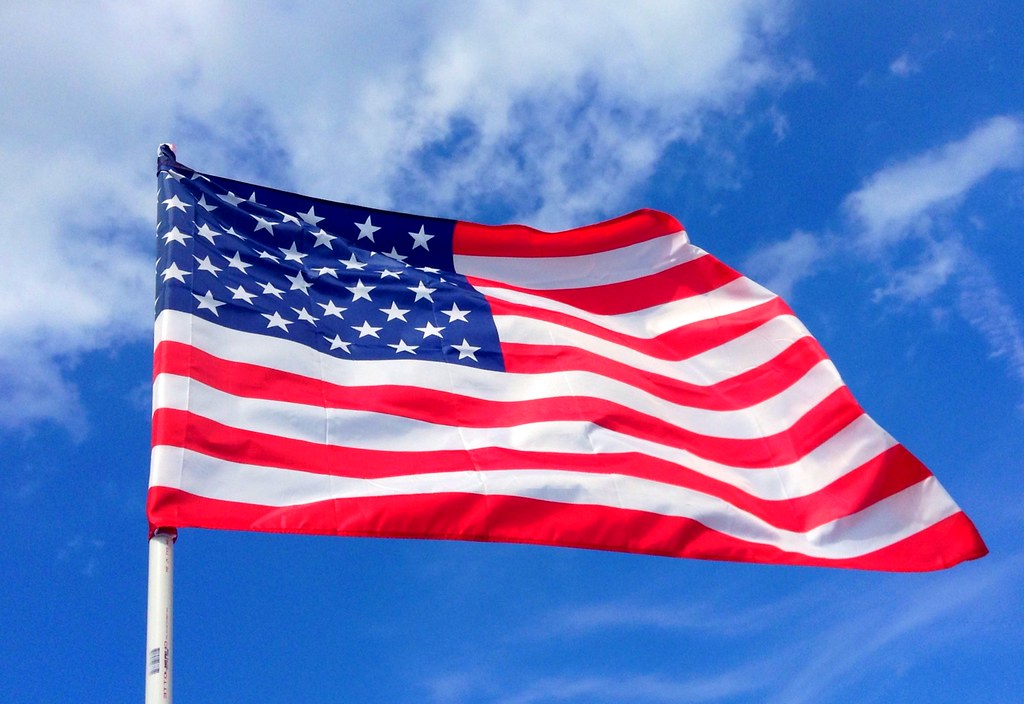Key Takeaways:
- AOL dial-up service officially ended on September 30, 2025 after 34 years.
- The shutdown marks progress in internet speed but highlights rural connectivity gaps.
- Millions remember the “screeching modem” and “You’ve got mail” greeting.
- This closure underlines ongoing challenges in bringing high-speed internet everywhere.
Looking Back at AOL Dial-Up’s Farewell
On September 30, 2025, AOL dial-up internet service ended. For decades, it greeted users with a screeching modem sound. Millions logged on at slow speeds to chat, browse, and read email. Yet over time, faster broadband and mobile options made dial-up obsolete. Still, AOL dial-up stuck around for rural areas that lacked better choices. As a result, some users held on until the final day.
However, this farewell feels like saying goodbye to an old friend. In addition, it reminds us how far technology has come. Meanwhile, the shutdown sparks questions about who still needs basic internet. Therefore, the end of AOL dial-up highlights both progress and remaining digital divides.
Why AOL Dial-Up Lasted in Rural Areas
First, rural zones often missed out on early broadband upgrades. As a result, many homes relied on AOL dial-up for decades. Its simple setup made it easy for people without tech skills. You just plugged in the phone line and installed a small program. Next, you clicked a button and waited for the modem’s familiar screech.
Moreover, AOL offered large user communities and simple email services. Teens chatted in chat rooms. Parents checked news and weather. Students did research using slow but steady connections. Even though speeds hardly reached 56 kilobits per second, it worked. In fact, millions felt connected to the wider world through that thin phone line. Consequently, AOL dial-up remained essential for many distant communities.
What Made AOL Dial-Up So Special
Even today, people feel nostalgic about AOL dial-up. The main reason lies in its identity. First, the dial-up sound itself became iconic. You heard that pattern of beeps and crackles and knew you were online. Second, the “You’ve got mail” greeting felt personal and fun. In addition, AOL offered free trial CDs in the mail, making it familiar to new users.
Also, the AOL interface felt safe and simple. Big buttons led to email, news, games, and chat. As a result, even non-techie grandparents learned to surf the web. Furthermore, AOL dial-up introduced millions to online life and gaming. For many, it formed their first digital memories. Therefore, the service leaves a warm, lasting impression.
How the Internet Changed Since AOL Dial-Up
Since the early 1990s, internet speeds have soared. First, cable and DSL arrived in cities, offering dozens of megabits per second. Then fiber and 5G pushed gigabit speeds and mobile access. Now, families can stream movies, video chat, and download large files in seconds.
However, not everyone enjoys these perks. Rural and remote areas still lack infrastructure. Thus some users depended on AOL dial-up even as others streamed full-HD videos. Today, satellite and fixed wireless aim to fill gaps. Yet affordability remains a barrier for many households.
What This Closure Means for the Future
Now that AOL dial-up is gone, every user must find an alternative. Luckily, more options exist than ever. Cable, DSL, fiber, and 5G offer fast connections. Therefore students can join online classes without frustration. Businesses can host virtual meetings with ease. Also, telehealth services can reach more patients.
Nevertheless, the end of AOL dial-up highlights one issue. Some homes still sit outside modern networks. As a result, they risk falling further behind. Thus policy makers, companies, and communities must work together. They need to invest in infrastructure and training. Only then can everyone enjoy the benefits of faster internet.
Challenges in Digital Inclusion
Digital inclusion means giving all people equal access to technology. Yet several obstacles remain. First, building costly fiber lines in remote regions often lacks profit for providers. Second, high prices stop low-income families from subscribing. Third, some older adults lack digital skills or fear online scams.
Meanwhile, public programs aim to subsidize service andOffer training. Libraries and schools open their doors with free Wi-Fi. Nonprofits donate equipment and teach basic skills. In addition, new technologies like satellite internet promise wider reach. As a result, digital inclusion can improve, but work must continue.
Embracing New Connections
Even though AOL dial-up has closed, its legacy lives on. It sparked curiosity and built early online communities. Today’s internet stands on that foundation. As technology races ahead, we can honor the past by ensuring everyone benefits. Ultimately, the lessons from AOL dial-up remind us that access matters as much as speed.
Frequently Asked Questions
What is the main reason AOL dial-up finally shut down?
AOL ended dial-up because faster internet options became widely available. Also, maintaining old networks grew too costly.
How did AOL dial-up shape online culture?
It introduced millions to chat rooms, email, and online games. Its unique startup sound and greetings created shared memories.
What options do former AOL dial-up users have now?
They can choose from cable, DSL, fiber, fixed wireless, or satellite internet. Many areas now offer affordable plans.
How can remote communities gain better internet access?
Governments and companies can invest in infrastructure. Meanwhile, subsidies and public Wi-Fi help bridge gaps.

